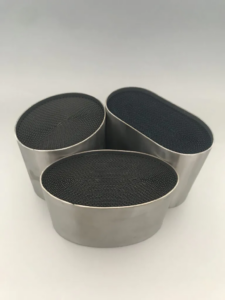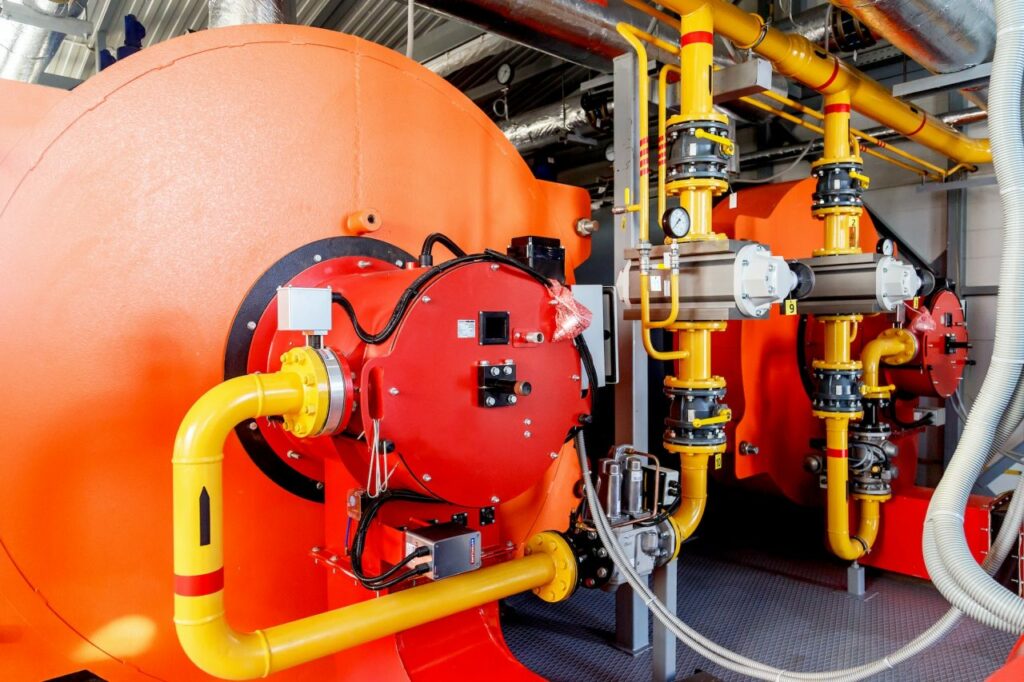Drivers often ask: Will a car run without a catalytic converter? The short answer is yes—your engine will start, and you can technically drive—but the long-term effects are far from ideal. As catalytic converter manufacturers, Hualian Catalyst knows that while the absence of a converter doesn’t stop the car, it creates a host of problems related to performance, emissions, and legality. Let’s explore what happens when a car runs without a converter, and why an exhaust gas catalyst is so critical to its operation.

Table of Contents
ToggleImmediate Effects on Performance
Without a catalytic converter, exhaust gases flow freely from the engine, reducing backpressure. At first, some drivers notice a slight, temporary boost in acceleration, as the engine doesn’t have to work as hard to push exhaust out. But this is short-lived. Modern engines are calibrated to work with the specific backpressure a converter provides; removing it disrupts the air-fuel mixture. This leads to rough idling, hesitation when accelerating, and a noticeable drop in fuel efficiency—drivers often report using 10-20% more gas. The exhaust gas catalyst in a converter also helps burn off unspent fuel, so without it, unburned hydrocarbons exit the tailpipe, creating a strong, unpleasant odor and wasting fuel.
Emissions and Legal Repercussions
An exhaust gas catalyst is the primary component responsible for reducing harmful emissions like carbon monoxide (a toxic gas), nitrogen oxides (which cause smog), and hydrocarbons (air pollutants). Without it, a car emits these pollutants in dangerous quantities, violating strict regulations like Euro III to VI. This almost guarantees failure in emissions tests, which are mandatory in most regions. Fines for non-compliance can range from $100 to $1,000 or more, and in some areas, you may be barred from driving the car until the issue is fixed. As catalytic converter manufacturers, Hualian Catalyst designs its products to cut emissions by up to 90%, ensuring drivers stay on the right side of the law.
Long-Term Engine Damage
Prolonged operation without a catalytic converter can damage other engine components. Exhaust gases, which are hot and corrosive, may leak back into the engine bay, causing overheating or corrosion of valves, gaskets, and even the turbocharger (in turbocharged vehicles). Over time, this strain can lead to costly repairs—far more expensive than replacing a converter. Hualian Catalyst’s exhaust gas catalyst products, built with durable substrates (like ceramic or metal honeycombs), prevent these issues by maintaining proper exhaust pressure and filtering gases effectively, protecting the engine from harm.
Why Converters Are Non-Negotiable
There’s no scenario where driving without a catalytic converter is a good idea. Even for older cars, retrofitting a converter is cheaper than dealing with fines, fuel waste, or engine damage. Hualian Catalyst has helped thousands of clients replace missing or damaged converters with its reliable exhaust gas catalyst products, restoring performance and compliance.
Conclusion
A car will run without a catalytic converter, but it’s a short-sighted choice. Poor performance, legal trouble, and engine damage make this a risky decision. As catalytic converter manufacturers, Hualian Catalyst emphasizes the importance of an exhaust gas catalyst for reliability, efficiency, and compliance. Investing in a quality converter ensures your car runs smoothly and responsibly for years to come.


